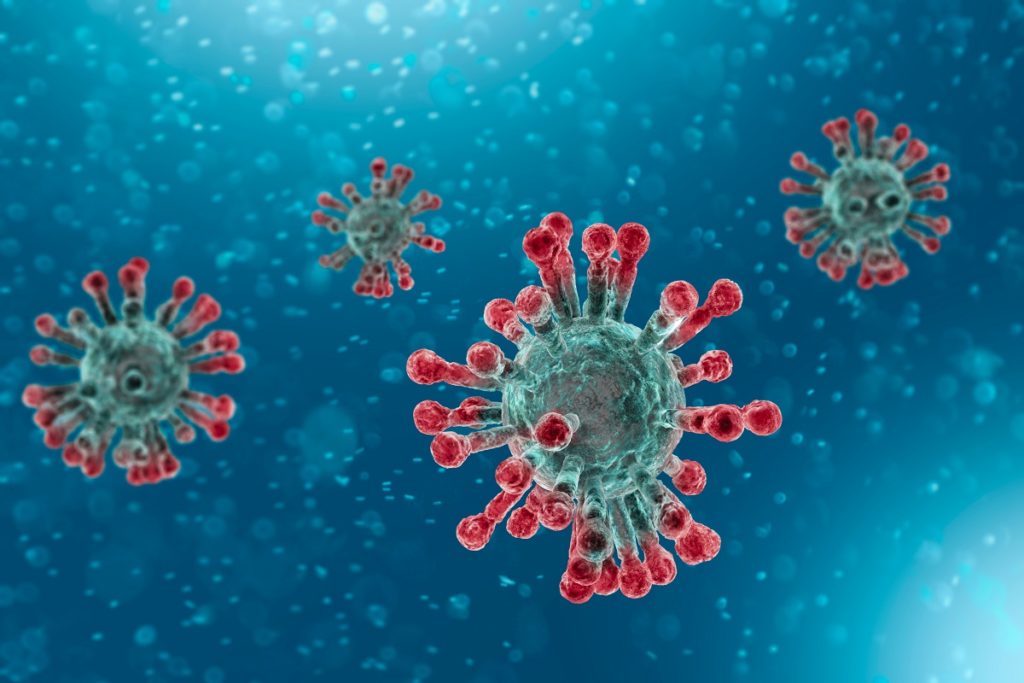Is COVID-19 Transmitted by Pests?
Important Notice: The information contained in this post ‘Is COVID-19 Transmitted by Pests’ does not constitute medical advice. For official guidelines on COVID-19 (Coronavirus), please visit GOV.UK.
Where there are humans, there are insects and animals that we consider to be pests. As our population grows, we get closer and closer to many of these pests. Natural habitats are destroyed, and many species learn to live alongside us and thrive in the environment humans create. Rats, Mice, Pigeons, Flies and Foxes all live close to humans, utilising our food waste, our sheltered homes and the often unhygienic living conditions humans create.

Many of the species that have adapted to live along-side us are also capable of carrying harmful pathogens that can transfer to humans. The bubonic plague, also known as the Black Death, was a flea-borne bacterial disease of rodents that jumped to humans. Malaria, which in 2018 alone, affected 228 million people Worldwide, is transmitted to humans by the bite of an infected female Anopheles mosquito.
This well-established transmission link between pests and humans has led some people to ask the question Is COVID-19 Transmitted by Pests? In this post, we take a look at some of the facts.
Vector Pests
Towards the end of the nineteenth century, it was discovered that certain species of insects were capable of transmitting diseases to humans. Known as Vector Pests, the group includes Mosquitos, Ticks, Mice, Fleas, Lice and some types of flies. This group all need blood to reproduce. When they bite a person who is sick, they ingest the parasites, virus or bacteria that is causing the sickness from the victim’s blood. They then pass the illness onto another individual the next time they bite.
Mosquitoes are the most common vectors, spreading numerous infections to humans, including Malaria, Zika Virus and Yellow Fever. Ticks are well known to infect humans with Lyme Disease and Mites can transmit Scabies.
Coronaviruses, of which COVID-19 is one, do not use vector pests to spread. Instead, they are transmitted on a human to human bais.
What are Coronaviruses
Coronaviruses are part of a large group of RNA viruses that number several hundred. They were given the name ‘Corona’ as their membranes have spike-like proteins that resemble a crown. Until fairly recently they were thought to only cause relatively mild illnesses in humans such as the common cold.
Coronaviruses are zoonotic, which means they can pass from animal to human. The animal carrying the virus may not show any symptoms. However, once passed to a human, it can cause serious illness. We don’t yet know the source of the COVID-19 virus, but two recent coronavirus outbreaks have both arisen from bat-to-human transmission.
SARS (Severe acute respiratory syndrome) started in 2002 and originated in China. MERS (Middle East respiratory syndrome) began in 2012 and affected several countries, including Saudi Arabia and South Korea.
Once a zoonotic coronavirus has jumped the species barrier, it is typically spread through person to person interaction. Contact with bodily fluid from an infected person from simple acts such as coughing or sneezing is the most common form of transmission.
Summary: Is COVID-19 Transmitted by Pests?
Many pests are capable of transmitting diseases to humans, including Mosquitoes, Lice and Mites. However, Coronaviruses such as COVID-19 are different. Although the virus may originally stem from animals, after the jump has been made to humans, they spread by person to person contact. There is no evidence to suggest that COVID-19 can be transmitted to humans by common pests.
